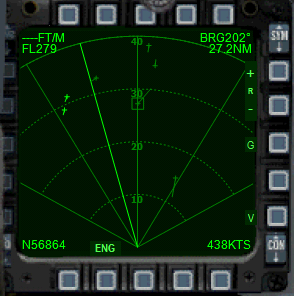An LEO was being cross-examined by a defense attorney during a felony trial. The lawyer was trying to undermine the policeman's credibility..
Q: "Officer -- did you see my client fleeing the scene?"
A: "No sir. But I subsequently observed a person matching the
description of the offender, running several blocks away."
Q: "Officer -- who provided this description?"
A: "The officer who responded to the scene."
Q: "A fellow officer provided the description of this so-called offender. Do you trust your fellow officers?"
A: "Yes, sir. With my life."
Q: "With your life? Let me ask you this then, officer. Do you have a room where you change your clothes in preparation for your daily duties?"
A: "Yes sir, we do."
Q: "And do you have a locker in the room?"
A: "Yes sir, I do."
Q: "And do you have a lock on your locker?"
A: "Yes sir."
Q: "Now why is it, officer, if you trust your fellow officers with your life, you find it necessary to lock your locker in a room you share with these same officers?"
A: "You see, sir -- we share the building with the court complex, and sometimes lawyers have been known to walk through that room."








